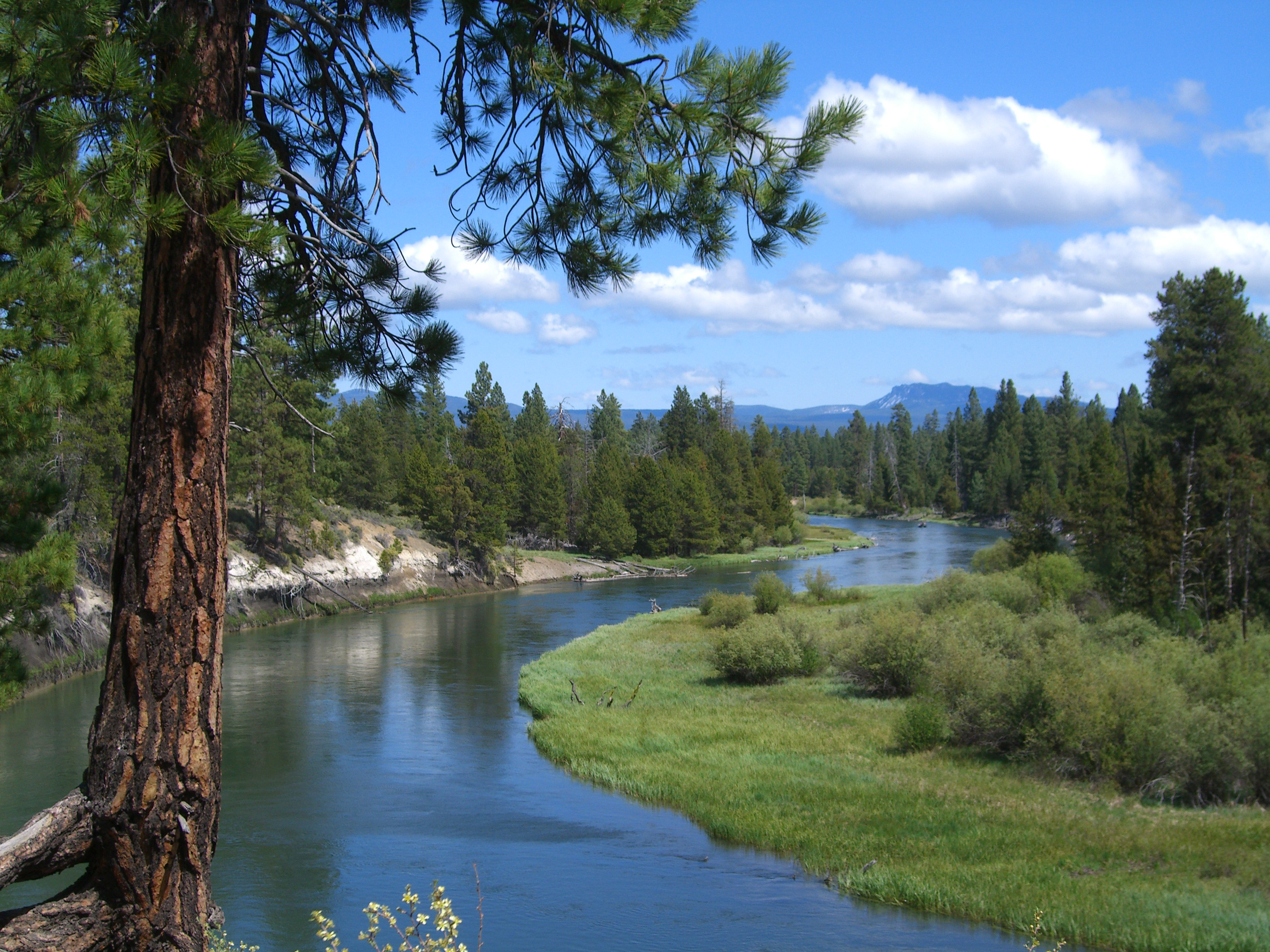A fine fire story, but one lacking a smoking gun
Published 12:30 pm Friday, September 2, 2016
The stories that circulate after a big wildfire scorches public land are as certain as the smoke and the blackened bark of the pines and firs.
Trending
Details vary but the gist of these anecdotes follows a familiar and predictable script:
“They could have put it out when it wasn’t much bigger than a campfire.”
“They” meaning the responsible agency, in most cases around here either the U.S. Forest Service or the BLM.
Trending
In a purely theoretical sense, of course, these claims are correct.
Every wildfire starts small.
Most of the massive blazes that have burned in Eastern Oregon were sparked by lightning, and even in the driest patch of forest a lightning bolt will ignite maybe a single tree or a table-size patch of desiccated pine needles.
After that instant of combustion there is a period, lasting as little as a couple minutes or as long as a few days, during which the fire is a puny thing that can be killed by a single firefighter with a bucket of water or a couple shovelfuls of dirt.
But reality, as is so often the case, bears only a passing resemblance to the theory.
The odds that somebody with a bucket of water or a shovel will be standing nearby when the lightning hits are long enough to make a Powerball player wince.
And yet most fires stay small.
For every 10,000-acre blaze there’s apt to be 100 or more that burn a few acres at most.
This statistical fact, it seems to me, ought to cause any reasonable person to react with skepticism to claims that the blame for every large fire is a sluggish or incompetent firefighting crew or manager.
If the Forest Service and BLM were so hapless as that, then large swathes of our public forests would be aflame every summer, without exception.
This is not the case.
Having said all that, it is equally clear that there is a considerable difference in credibility between an anecdote that spreads, virus-like, and the densely sourced work of experienced journalists who based their reporting in part on documents from the firefighting agencies themselves.
I recently read a particularly fine example of the latter category in The Oregonian newspaper.
Two reporters, Laura Gunderson and Ted Sickinger, have spent much of the past year looking into the Canyon Creek fire, the blaze that destroyed 43 homes near John Day in August 2015.
That fire was started by lightning from the same storm that ignited the Cornet/Windy Ridge fire in Baker County.
The two fires had more in common than that. Both started as two separate fires that merged. Both were historically large blazes.
Gunderson and Sickinger’s reporting shows beyond any doubt that the Forest Service let pass at least a few periods during which it’s conceivable that firefighters could have controlled both of the fires that became the devastating Canyon Creek blaze.
I dislike using such hedging terms as “conceivable that” and “could have.” But I think avoiding absolutes is appropriate in this context.
The reporters have amassed a passel of facts. They chronicle the decisions Malheur National Forest officials made to send fire crews to other parts of the state just a few days before the lightning storm. They assemble timelines which prove that fire managers did not devote every available resource to the two fires that eventually joined.
It’s a compelling story.
And a persuasive one — a prosecutor who presented the evidence might well convince a jury that the Forest Service is guilty at least of botching the job last August.
For all that, though, I have misgivings about laying every shred of blame at the agency’s feet. I’m not comfortable concluding with anything like certainty that natural forces — and fire and weather are particularly unpredictable and powerful forces — were minor factors in what happened and that humans had the advantage from the start but had failed to recognize this was the case.
The reason for my trepidation is simple — wildfire is far too unpredictable and complicated to be confined to a scenario constructed by reporters months after the last ember cooled, no matter how rich in facts that scenario is.
It’s akin to trying to solve a quantum physics question with a first-grader’s flash cards for addition and subtraction.
In the case of one of the two fires that merged into the Canyon Creek inferno, The Oregonian reporters point out that firefighters arrived mid-morning and failed to take advantage of the comparatively sluggish behavior typical of fires early in the morning, when temperatures are lower and humidities higher.
That’s a valid point to raise.
But the implication of the story — and of the editorial that The Oregonian published simultaneously — is that had that crew, or better still a larger one, arrived a few hours earlier, then it would be reasonable to expect that the fire would not have exploded that afternoon when the humidity plummeted and winds gusted.
That’s a plausible implication, but hardly an irrefutable one.
Even a relatively small fire — the blaze in question was about 10 acres when it blew up — holds too much heat to be rendered harmless in the space of a few hours.
The conditions that prevailed the afternoon of Aug. 13, 2015 — in particular the wind — might well have thwarted the efforts of a firefighting force several times the size of the one working on that blaze.
Or maybe not.
Had fire managers made a couple of different decisions over the previous day, the two fires might have stayed small, their names quickly forgotten and their statistics added to a report that few people would ever read.
Instead there was a disaster.
The Oregonian’s dissection of that disaster represents the highest standards of journalism, and stands as a great public service.
But I don’t believe the question it seeks to answer — who is to blame for a wildfire catastrophe — is an altogether valid one for the simple reason that it can’t be answered absolutely.
What the story does show, and it seems to me this is a point that defies debate, is that fire managers’ decisions, even when a fire is small, can appear immense indeed when subject to scrutiny in the months and years that follow.
Jayson Jacoby is editor of the Baker City Herald.









